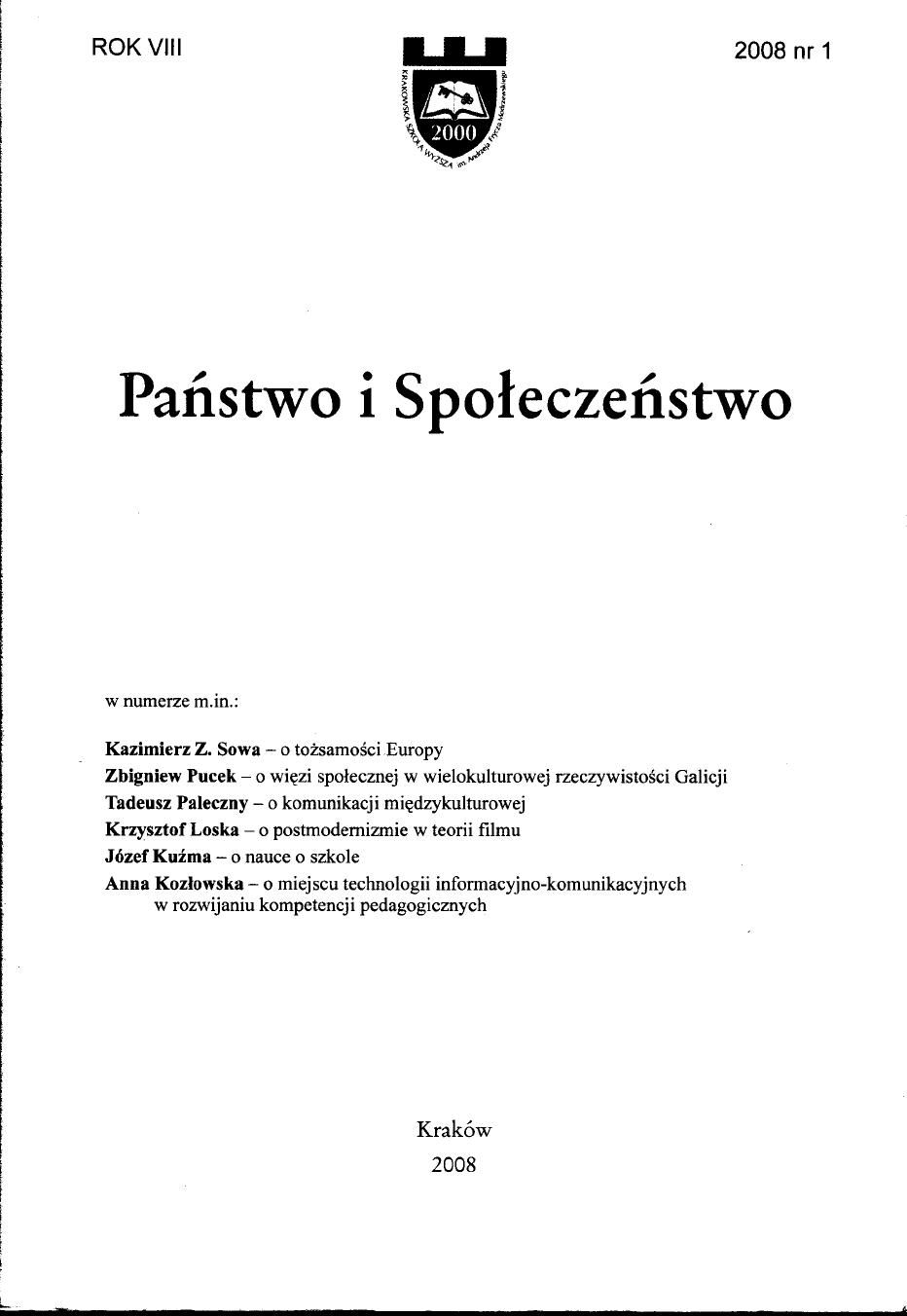
We kindly inform you that, as long as the subject affiliation of our 300.000+ articles is in progress, you might get unsufficient or no results on your third level or second level search. In this case, please broaden your search criteria.

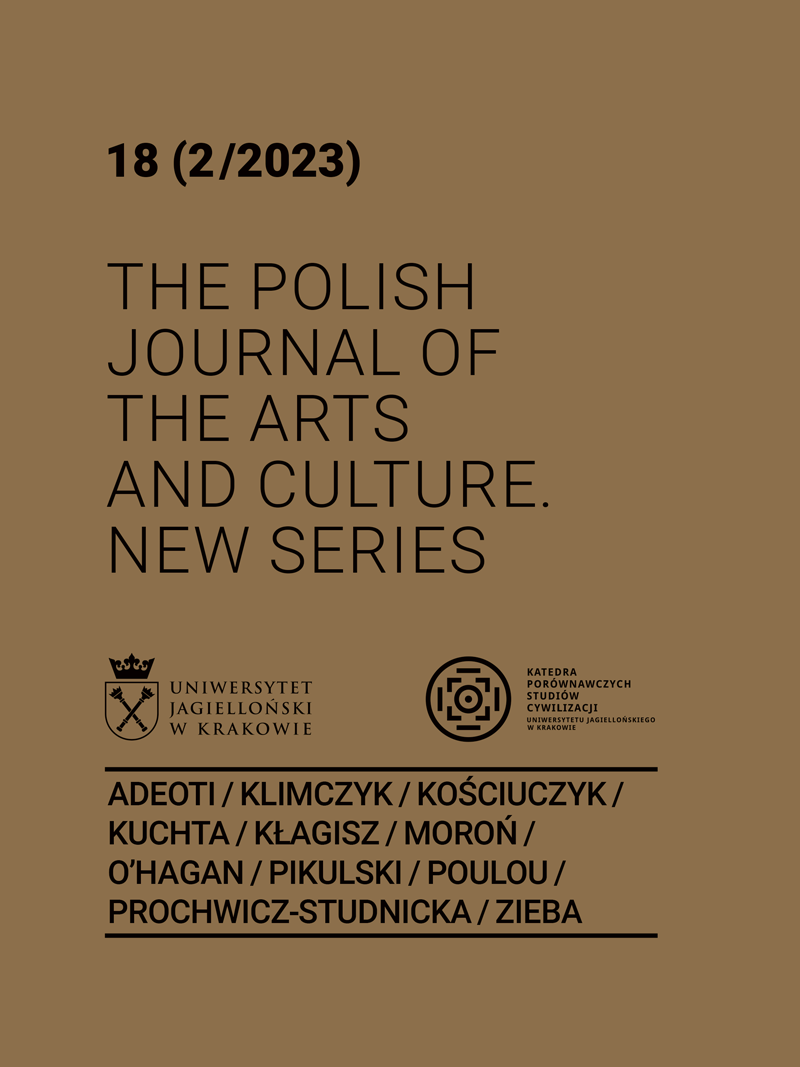
The article is an attempt to look at the origins and development of Kuwait City before the oil boom as a socially created space. Its structure reflects social and economic dynamics as well as cultural and environmental sustainability, although it was the mercantile function that was the most important city-forming factor in Kuwait. The specific character and functionality of the city were determined by its location, climate, connections with the Persian Gulf and, at the same time, Bedouin traditions and culture, as exemplified by the house of the merchant family Al-Badr.
More...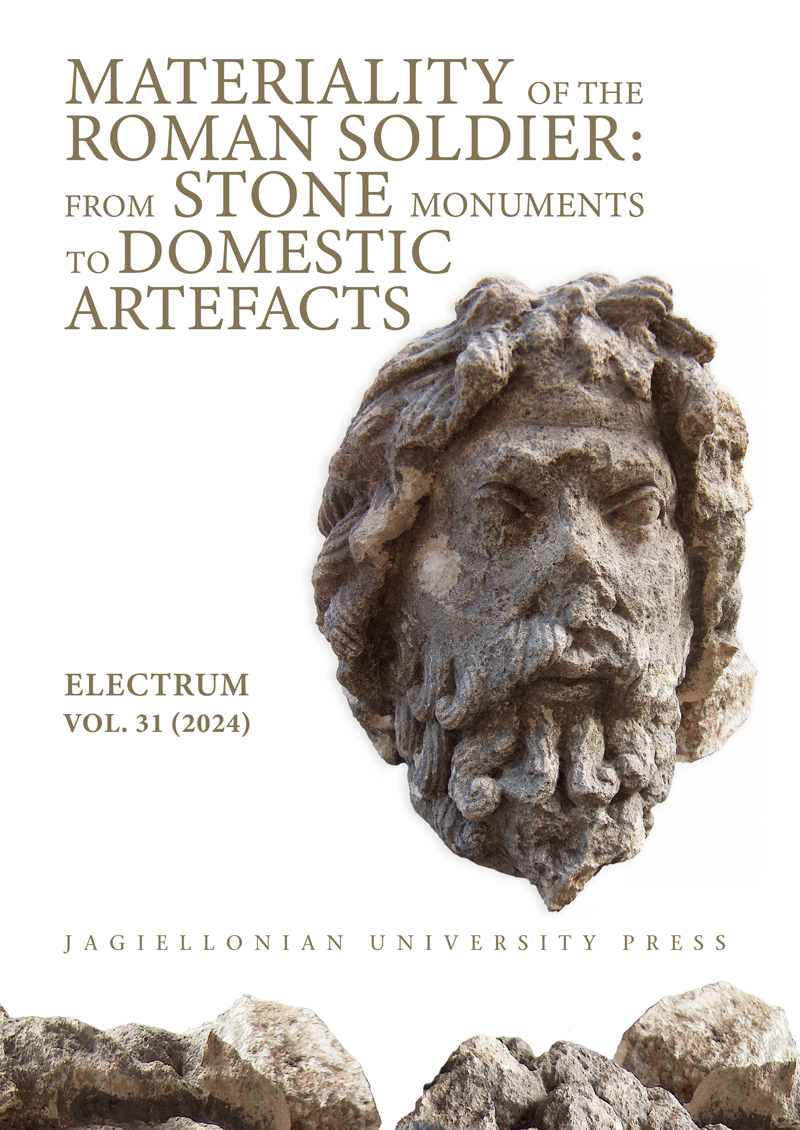
The article deals with the perception of the tribe Papiria in the nomenclature of the Roman civics in two Trajanic colonies in Moesia Superior and Moesia Inferior—col(onia) Ulp(ia) Tra(iana) Rat(iariensium) and col(onia) Ulp(ia) Oescensium respectively. Although located close geographically and with a few common traits of their historical development, some discrepancies appeared in the topic which are discussed. The inscriptions provide, although scanty, some information on the tribe affiliation of the civic and religious colonial elite, augustales coloniae as well as the tribe affiliation as a part of a certain ornamenta. All this allows to establish the Roman tribe as an important social marker and for prestige in the Roman civic community, and can therefore serve in the Roman provinces as a sign of the progress of urbanization and Romanization. Certainly, the observations made are preliminary due to the scanty evidence available so far for various reasons.
More...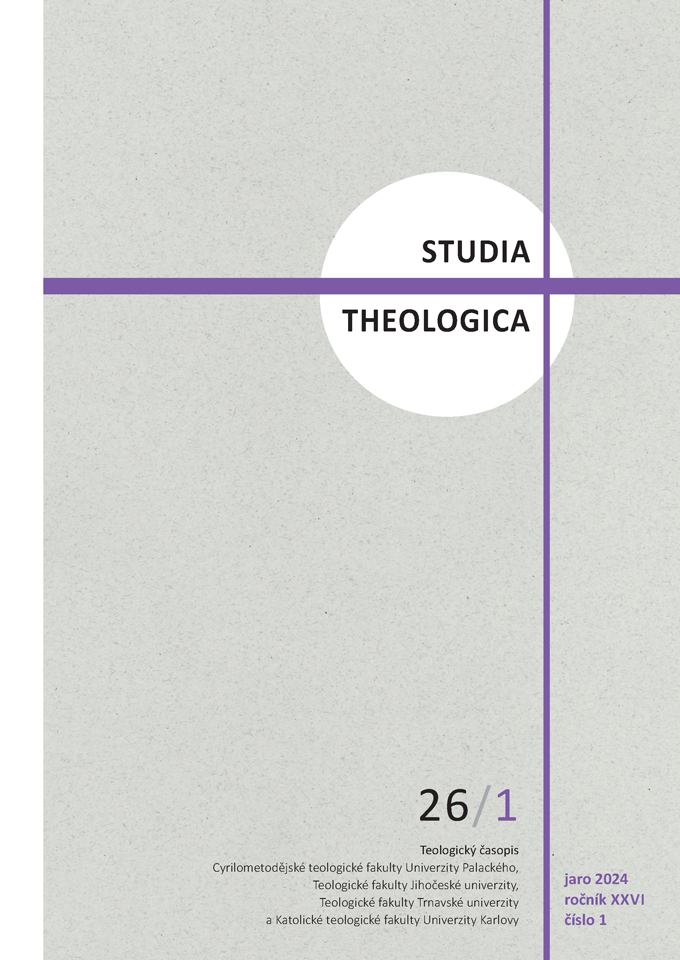
In this paper, I focus on the emergence of ritual studies and subsequently formulate six characteristics that, in my opinion, establish their identity: a) an emphasis on being grounded in ritual theories; b) a plurality of ritual definitions; c) a wide area of application of ritual theories; d) a ritual understood as (performative) action; e) the plurality of methods; f) interdisciplinarity. Based on these characteristics of ritual studies, I deal with some aspects of their application to early Christianity. I demonstrate the benefit and innovation of this perspective on selected approaches: new viewpoints on rites of passage (DeMaris) and on the origin and development of the Eucharist (Taussig) and cognitive approaches (Uro). Finally, I address the problem of the researcher’s imagination (speculativeness) and the relationship between theories and exegesis of texts. I conclude by analysing the theory of ritual failure applied by P.‑B. Smit.
More...
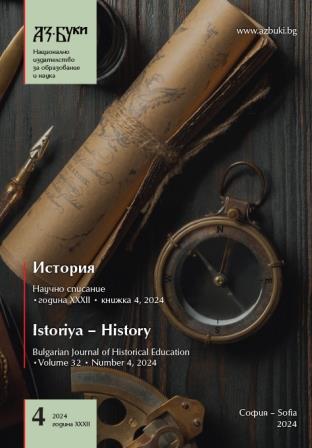
Reminiscing about childhood in the city is often associated with memories of places, spaces and games. In this article I will look at childhood in the context of games in the city and its neighborhoods, spaces and quarters. I use anthropological, historical and visual approaches to look at the way children use these spaces to play games. The purpose is to show the connection between places and the so-called „ownership of territories“ as part of creating images of childhood. The focus will be on places for play and neighborhoods as spaces of interaction and sense of belonging. Through the analysis of stories and visual data related to the city of Plovdiv, games and images of childhood from different periods of time will be presented.
More...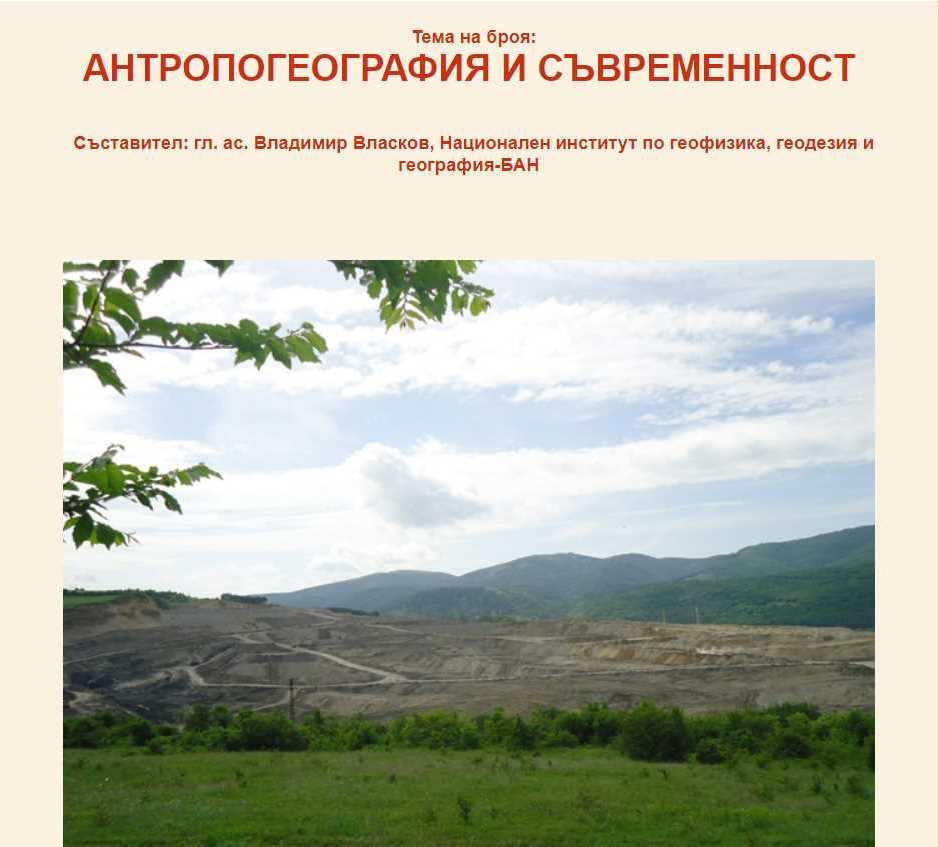
The modern conditions of life of man on our planet are defined by the big differences between the so called "civilized" and the strongly underdeveloped regions.While in Amazonia, some parts of Africa, in the individual mountain-high and northern territories the way of life of the population has preserved itself almost unchanged, in strongly industrialized regions they start to more and more drastically differ from the natural ones. The impetuous technological development of the bigger part of the human society is based on more and more active use of resources of the planet and in certain areas-megapolises, aglomerations, communicational infrastructure, large scale до hydro-equipments and mining areas leads to consistent, and at more and more places irreversible transformation of unaffected natural environment into anthropogenic.The expansion of technogenic-urbanizational areals is reaching a stage, during which it is defined by scientists as changing natural conditions not only in local, but in global scale. Urbanisationally-technogenic transformations of human residence sharply change its vital environment and apply its rule and way of life uninherent of the experience, traditions and customs of the previous generations. One of the modern directions of geographic research today are connected with research on geomorphological conditions and their changes with the goal of stable development of urbanised areas.
More...
The inclusion of Bulgaria and Romania to the European Union enlarged total geographical area of the Union from the Atlantic to the Black Sea. This article gives a definition of what is a national geographical space and makes the understanding of the role and importance of Bulgarian national geographical space already as a part of geographical space of EU. Some of the feasibility and sustain communications with the main centers and poles of socio-economic development in the EU are mentioned.
More...
Northeast Bulgaria differs with diverse ethnic structure. In 2011 in this part of the country is concentrated 17% of the Bulgarian population, 45% of Turkish and 22% of the Roma ethnic group. The aim of the study is to trace the demographic characteristics, the territorial location of the ethnic communities in Northeastern Bulgaria, and to clarify the complex of factors affected on the demographic processes in the different historical, socio-economic and political conditions after the Liberation of Bulgaria (1878) to nowadays. Based on changes in the number and share of Bulgarian, Turkish and Roma population, the peculiarities of their natural reproduction, the nature of migration movements, the reasons causing them, the policies towards ethnic groups, three periods in the development of ethnodemographic processes in Northeastern Bulgaria are clearly outlined. From the Liberation to the end of the Second World War - Liberation marked the beginning of large-scale demographic processes in the new political and economic conditions in Bulgaria. The fragmentation of its ethnic territories causes immigration movements. This part of the country accepts half of the refugees in Bulgaria before (1885) and one third of the refugees until the end of World War II. The presence of thousands of 138 refugees have a positive impact on Bulgaria and mixed ethnically areas, as they help to strengthen the Bulgarian character of the settlements. The most general result is the establishment of the ethnic homogeneity in the ethnic structure of the population of Northeastern Bulgaria and the significant increase of the settlements populated entirely by Bulgarians (23 to 39%) and predominantly Bulgarian population (from 20 to 24%). In 1900 these groups settlements are widespread in the areas along the Danube and Black Sea. Until 1946 their territorial distribution, gradually expanded into the eastern parts of South Dobrogea, East Stara planina (east of Gerlovo, Slannik and Tuzluka) and the municipalities west of Ludogorie. - Liberation puts Bulgarian Turks in radically different political, social and economic conditions. Regardless of the tolerant policy that led Bulgarian government, which is confirmed by the adoption of the Tarnovo Constitution, which gives civil, cultural and political rights to all its citizens, free primary education for all, freedom of speech and press and etc. emigration of Bulgarian Turks throughout the period did not stop. The main reasons for this are political changes and change of the position of Bulgarian Turks in the social structure of society. Considering that in the period to the end of the Second World War the Turkish population is in the first phase of demographic transition (high birth and death rates, which define moderately high levels of natural growth), it is clear that external migrations, depending on their nature and intensity are the most important factor influencing the changes in the number and territorial location of the Turkish population in Northeastern Bulgaria. The first period under consideration is characterized by the fastest rates of reduction in the number of the Turkish population and the most intensive processes in the changes of the its number and location. The region of Ludogorie, and historical-ethnographic area Gerlovo, Slannik Tuzluka retain their territorial differentiation, which helps to preserve his number, location and ethnical structure. Throughout the period the group of settlements populated entirely and predominantly with Bulgarian Turks retain their ethnic structure and show an increase in the number of the Turkish population. Territories with less compactness of the Turkish population a significant reduction in the number and its relative share is observed. - Until World War II settlements with presence of Roma constitute an insignificant share in the structure of settlements. For example Bulgarian-Roma settlements constitute 2%; TurkishRoma settlements – 1%; settlements with diverse ethnic structure – 5%. Formation of a territorial concentration of these groups of settlements is not observed. Since the end of World War II until the early 90s - The Socialist period is characterized by increasing of the differences in the demographic indicators between the main ethnic communities. Since the mid 50s Roma and Turkish populations are entering in the second phase of demographic transition, while Bulgarians started the third. The second phase for Bulgarian Turks ends late 80s of the twentieth century, while Roma continued to the end of the 90s of the twentieth century. The fourth phase in Bulgarian started in the mid 80s, and the natural growth is already negative. - During the period, unlike previous, significant changes in the ethnic structure of the population in Northeastern Bulgaria do not occur. There is a spatial diversification of the observed processes. During this period the positive values of the growth rate in the Bulgarian population are distinguished only in regional centers and some Black Sea municipalities. The biggest decrease in the number and proportion of Bulgarians stand out territories with compact Turkish population. In the migration processes, caused by the collectivization of agriculture and rapid industrialization of the country takes part predominantly Bulgarian population. Resulting 139 in a decrease of its number in villages and in areas with mixed ethnic structure. Its growth only in the urban and municipal centers is observed. As a result of these processes has been a significant reduction in the group settlements populated entirely with Bulgarian population (from 29 to 19%) and settlements with predominantly Bulgarian population (from 24 to 12%). - Policy towards ethnic groups in the country is characterized, similar to the previous period, with too much inconsistency regarding the status of ethnic groups. At the same time plays an important role in the policy pursued by Turkey, which seeks to regulate the number of Turkish ethnic group, by limiting the number of immigrants from the country. The losses of Turkish population due to inflow in 1950-1951, the 1969-1978, the so-called. "Great trip" in the late 80s are compensated by the high levels of population growth. As a result the number is growing compared to the end of World War II. Regardless of the policy of industrialization in the country, the regions with mixed population perform secondary functions in the national economy. Despite their progress in the socio-economic development, they continue to evolve significantly less than other parts of the country, and therefore remain predominantly agrarian character. In areas with mixed ethnic structure the rate of urbanization is weake and low intensity of migration to the cities of the Turkish population is observed, which mainly deals with agricultural activities and stays to live mainly in the villages. Unlike the years before the Second World War most affected by the emigration of the Turkish population (especially during the so-called "Revival process") are distinguished areas with the greatest territorial compactness of Bulgarian Turks – Ludogorie, Eastern Stara Planina which is in line with the policy of the Bulgarian government to reduce the number and compactness of the Turkish population in these areas. Unlike previous periods municipalities with a higher proportion of the Turkish population is observed the highest rates of decrease. Most affected by emigration are the municipalities with the highest percentage of the Turkish population. Regardless of the observed processes the desired results are not achieved. The rapid reduction of the Bulgarian population in villages as a result of ongoing migration from villages to the towns and the negative rates of natural growth not only helps to preserve the compactness of the Turkish population, but also to increase its share. Unlike the previous period, an increase of villages entirely inhabited by Turkish population (from 9 to 17%) at the expense of the villages with predominantly Turkish population (from 17 to 12%) is observed. - An increase in groups with presence of Roma population is observed: Bulgarian-Roma settlements from 2 to 6%; settlements with diverse ethnic structure from 8 to 20%; for the first time group with predominantly Roma population is occur, which in 1992 accounted 2 % of the settlements in Northeastern Bulgaria. - Since the early 90s until the beginning of XXI century - Constitution adopted in 1991, which enshrined the most important legal foundations, provide full civil and political rights of all citizens regardless of their ethnic identity. The severe social and economic crisis occurred after 1989 led to an accelerated rate of development of demographic transition and reduction of fertility in all three ethnic communities country. - Socio-economic problems that accompany the transition period are crucial to make a decision to emigrate for the three ethnic communities and displace the influence of the political factor that is leading in previous periods. The greatest intensity of emigration at the beginning of the period is typical for the Turkish population, while the Roma emigration reached after the accession of Bulgaria to the EU in 2007. All these factors have a decisive influence on the formation of their number in Northeast Bulgaria 140 - The negative natural growth, in combination with the aging age structure and emigration, are the reasons for the rapid reduction of the Bulgarian population after 1989. The main factor for the negative growth rate in the Turkish population between the last two censuses is emigration, mainly to Turkey. The Roma high positive natural growth, in combination with poor mobility due to immigration restrictions imposed on them, favoring the increase of its number. - All these processes determine the changes in the ethnic structure of municipalities and individual settlements. In most municipalities there is an increase in the share of Turkish and Roma population. After the detailed analysis of the spatial characteristics of the changes in the number and location of Bulgarian, Turkish and Roma population the following conclusions can be formulated: despite the reduction in the number of Turkish population, its territorial dislocation does not change, but on the contrary – there is an increase in settlements entirely populated and predominantly by the Turkish population; reducing the share of settlements with diverse ethnic structure; increase in settlements with predominantly Roma population (absolute number has doubled from 22 to 42 villages).
More...
The paper treats territories in Bulgaria, which have been spared from depopulation. The parameter of the research is growth rate. Favourable trends are registered in the sea-side districts Avren, Dolen Chiflik and Byala.
More...
The article presents a brief history and the development of anthropogeography in leading geographic schools and in Bulgaria. By the end of the 19th and in the early 20th century geographers around the world put the human in the focus of the geographical research and started studying the connections and relations between people and the natural components (terrain, climate, water, etc.). In 1882, following the publication of the Ratzel’s work titled - "Anthropogeography" the foundations of a new branch in the system of geographical sciences were laid, which was called "anthropogeography" ("human geography"). Today more and more frequently in Western Europe, the USA etc. Germanic and Romance languages-speaking countries, along with the concept of anthropogeography, the synonymous term "human geography" is used (in German - Die Humangeographie , in Spanish - geografía humana, in Italian - geografia antropica, in French - géographie humaine, etc.). It is perceived as a science studying the spatial organization of the economy and the relations between the society and the environment. General anthropogeography is divided into: geography of the population; historical geography; political geography; geography of settlements - urban geography and geography of rural areas; social geography; economic geography - primary, secondary and tertiary sectors; cultural geography, geography of the religions. In Bulgaria and in other former socialist countries (Russia, Poland etc.) neither of the two terms - anthropogeography and human geography are used. Instead, the term socioeconomic geography (social and economic geography, economic and social geography) is used, which includes social geography - geography of the population and settlements; economic geography - primary, secondary and tertiary sector etc. In leading geography schools: the German ("Anthropogeography"), the French (sociogeography - "Human Geography"), the Anglo-American and the Russian, different approaches for characterizing and analyzing the interaction between nature and man are used. The basic approach used in the German geography school since the end of the 19th till 186 the mid-20th is connected with the so-called geographical determinism (from Latin determinare - "define"). In France, unlike Germany, the main approach used in studying the interaction between man and nature is that of the so-called geographical possibilism (from Latin possibilis – “possible”). Geographers from the Anglo-American school basically adopted the ideas of the German geographical determinism, but also some of the ideas of the French geographical possibilism. Conditionally speaking, the anthropogeographical research in Bulgaria can be divided into three periods: the first period – the period of the Bulgarian Renaissance until the late 19th century, the second period - from the late 19th century to the mid-1940s, and the third period - from the mid-1940s to the mid-1950s.
More...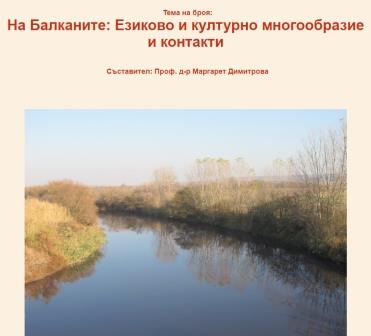

This paper compares textual and musical variants of wedding songs from Golloborda Region, Albania, which are known and popular in the territory of Bulgaria and Republic of Macedonia. Golloborda is a Bulgarian populated region that remained in the territory of Republic of Albania when it became an independent state (1912‒1913), but the defined state borders do not change its dialectical unity with Pirin, Vardar, and Aеgean Macedonia. Variants of "Gollobordian" songs exist in territories located to the east of Albania in the ritual female song repertoire, as an older stratum. The relation is at the typological level – certain types of songs are presented at key moments of the ritual and there is propinquity in textual and musical content.
More...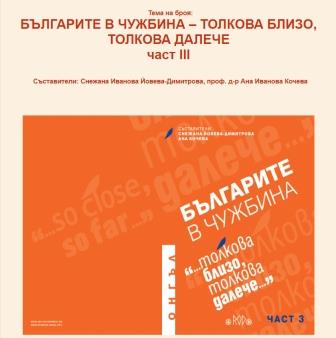



By taking the case of the Lithuanian diaspora occasioned by forced migration to Siberia, this article discusses the (im-)possibility – and possible explanations for the ambiguous character – of ‘victim diasporas’ in Soviet and post-Soviet Russia. I assert that, differently from its counterparts in the West, the Lithuanian diaspora of displacements in Russia represents an atypical case that bears signs pertinent to ‘victim’, ‘accidental’, as well as ‘demobilising’ diaspora. Among the key reasons for this are a historically restrictive socio-political environment towards victimised groups, limitations for the organisation and activity of ethno-national communities, as well as more of an amplified state agenda by the Russian government presided by Vladimir Putin. The discussion draws on the relevant theoretical considerations and qualitative primary research conducted as part of a PhD project on Lithuanian diasporas of displacements. Taking into account the time of writing, it has been adapted to include a brief commentary on the impact of Russia’s war in Ukraine on the Lithuanian diaspora.
More...
The history of the Soviet Union, its national policy towards different ethnicities, and especially forceful resettlements are generally attractive and popular topics for research. This paper, however, focuses on the lesser-known cases within the broader contexts of the exiles, examining specifically the forceful resettlement experiences of the Khevsurs, Georgian mountaineers, to the lowlands of Georgia, and the Chechen-Ingush peoples, who were deported to the Central Asian republics of Kazakhstan and Kyrgyzstan. While the official Soviet discourse on resettlement was predominantly propagandistic, this research aims to shed light on the unofficial histories and untold stories from different generations of the Khevsurs and Chechen-Ingushs. By analysing oral histories, this research presents experiences of exile of these groups, unveiling their complex generational memories of trauma and changes in life.
More...
Eagle is one of the oldest symbols. The significance of the eagle as the social and cultural unity is born in the depths of the world culture. Studied language material shows that the semantics of sustainable combinations in different languages determined by the action of such mythologemes as eagle ~ deity and eagle ~ people.
More...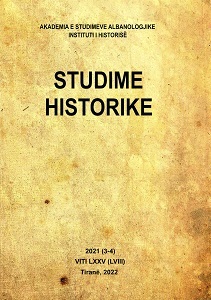
Në gjysmën e dytë të shek. XIX, në dokumente të ndryshme të diplomacisë europiane të kohës, e posaçërisht asaj austro-hungareze, gjendet një informacion me vlerë për situatën demografike, etnike, fetare, por edhe sociale, ekonomike, kulturore etj., të Ballkanit osman e në kuadër të saj edhe për botën shqiptare. Aty kemi gjetur të dhëna edhe për numrin, përbërjen etnike dhe besimet fetare të popullsisë së sanxhaqeve ose vilajeteve të quajtura shqiptare, gjithashtu për tiparet e banorëve, të çdo kombësie, për gjendjen e tyre ekonomike, sociale, kulturore etj. Interesimi i posaçëm i Perandorisë Habsburge për rajonin e Ballkanit, në konkurrencë veçanërisht të ashpër me Perandorinë Ruse, për pasojë ngritja e dendur e konsullatave në territorin e Ballkanit osman, kualifikimi përgjithësisht i lartë i personelit të tyre dhe, po kështu, burimet mjaft të besueshme zyrtare e jozyrtare të informacionit që ato siguronin, janë tregues për të krijuar bindjen se të dhënat arkivore të diplomacisë vjeneze të kësaj periudhe meritojnë vlerësim serioz dhe janë për t’u marrë në konsideratë
More...